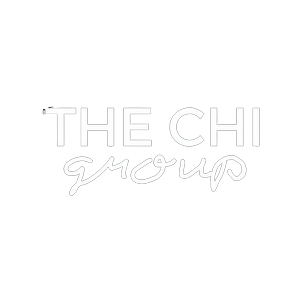Diversity: A Buzzword or Are Brands For Real?
It seems like everywhere you turn there’s that gawking word “diversity,” is it just a buzzword or are brands for real? Inclusion isn’t a new concept but it's been pushed to the forefront as brands scramble to understand how to either capitalize on it, implement it and or revamp a better brand message.
Every industry seems to have its challenges while making small steps in the right direction. We see some brands blunder the efforts while others have systematically managed to excel. Brands such as Netflix are doing it from the inside out, hiring more women in executive positions while other brands are starting from the outside with their customers, working inward to their team.
So which brands are getting diversity right? There’s no real answer to this one but there are industries making visible changes and strides for inclusiveness
Fashion
The fashion industry has always been under extreme scrutiny when it comes to runway models and ad campaigns. It’s quite prevalent when brands such as The Knot selects only blond hair blue eyed models at a recent model casting call. But the mainstream fashion show, NYFW has made a point to include transgender, curvy, and mature models in the past two seasons which starts to exemplify the shifting paradigm of what is now defines fashion and beauty.
According to Sergio Delavicci, SAG/AFTRA actor and internationally published model who has walked over 250 shows including New York Fashion Week said, “The fashion world constantly changes. However, with the rate and direction it’s currently going I think ad campaigns will continue to feature transgenders, curvy models, mature models, LGBT models as long as they fit the brand. At the end of the day, we are all unique and talented.”
Fashion Week Brooklyn is also another mainstream Fashion Runway Show that touts diversity across the board while supporting emerging talents which was prevalent in this season’s show, “Haute Brooklyn.”
Tech
Tech has been long been criticized for it’s “bro” culture that hasn’t been as inclusive as many companies give off. For example, 50% of employees at Apple and Google are still white. Based on Apple’s recent diversity report, minorities employed at the company grew from just 19% in 2014 to 23% in 2017. While the tech giant claims that 50% of its new hires in the US this year were from underrepresented groups in tech.
Hospitality
Hospitality is also making a shift when Time Asma Hotel in Dubai announced that it will open this year with 80% of its staff attributed to women.
Beauty
While beauty brands have received as much criticism as the fashion industry, Covergirl made strides to feature the first ever male spokesmodel. Glossier which exploded onto the beauty scene for its famed approach of women empowering women in the purchasing cycle.
Publishing
Has also begun to embrace diversity in a big way when National Geographic Magazine featured the first transgender child on its cover, it gained widespread support and popularity. Playboy has also featured its first transgender playmate.
Fast Food
This is an industry that many haven’t paid attention to. A local Los Angeles El Pollo Loco restaurant vowed to only hire transgender staff members. Owner Michaela Mendelsohn stated, “I am a trans owner supporting trans people.”
In the end, diversity is what the new consumer is looking for in brands. They want to be part of your brand’s story and not just a piece of the story. It’s time your brand starts to consider your diversity strategy whether it’s in house or how you market.
